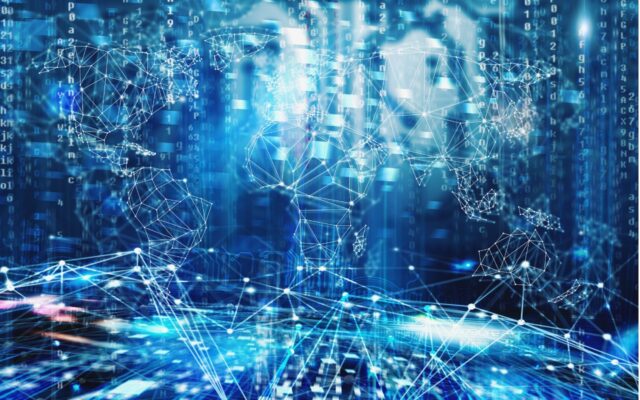At first sight, it might seem that the transition to 5G is on the home straight. Subscriber numbers are growing at 1 million a day, there’s a choice of 300 plus compatible smartphones on the market, and over 165 5G-badged networks around the world.
The reality, of course, is more complex. In fact, there is still a way ahead of today’s 5G networks to make full use of the technology’s potential. Most offerings today are still focused on mobile broadband connectivity, but the big growth opportunities lie in developing new enterprise-focused products and services built around new capabilities of 5G like ultra-low latency and network slicing.
A technological inflection point
Implementing highly efficient 5G networks is a demanding task, especially if it includes the disaggregation of the radio access network (RAN). RAN disaggregation is a completely new way to build mobile networks, replacing monolithic proprietary infrastructure with open, cloud-native systems built on industry standard IT. This has opened the telecom industry up to a broad ecosystem of IT and telecom technology providers, giving telecom operators a previously unseen level of choice and flexibility when it comes to vendor selection.
The resulting mobile network is vastly more capable than anything before. But it’s also relying on a more diverse ecosystem of solutions. With that, new rulebooks around network deployment and management are still being written.
Co-innovation is the key
In this rapidly evolving environment, operators must build and test solutions, scale them and ensure their reliability and regulatory compliance. They then need to deploy and secure the network across thousands of servers, often in remote or inaccessible locations.
At Dell Technologies, we recognize that no one enterprise can do all this alone. These are challenges that call for focused, multi-disciplinary teams of IT and telecoms specialists, working together to co-innovate the deep tech foundations of future networks.
This is why Dell Technologies has made a major commitment to collaborating with key players to solve telecoms’ biggest challenges. Working with CSPs, technology vendors and industry standards bodies, our goal is to integrate systems from the edge to the cloud to the core.
Dell Technologies Telecom Co-innovation Expert Centre
The Telecom Co-innovation Expert Centre (TCEC) reflects this commitment. Established to provide telecom-focused research, development and thought leadership, TCEC is a dedicated group of leading telecom engineers and elite Dell Technologies specialists.
This global team leverages specialist engineering resources to work hand-in-hand with customers’ and partners’ engineers. Collaborating in Dell Technologies telecom-focused lab facilities, as well as customer and partner labs, we focus on finding solutions to some of the biggest challenges in delivering the open IT infrastructure for the next generation of telecom solutions.
Let’s look at the team’s work in two key areas – network automation and orchestration, and securing virtualized infrastructure.
The importance of automation
One strong TCEC focus is how CSPs can reliably manage and maintain 5G infrastructure. Disaggregation brings the benefit of flexibility, but with that comes greatly increased complexity of network deployments. With thousands of servers in often inaccessible locations, it’s simply not logistically possible to manually configure and update servers at every site.
With so much of the network virtualized, it’s essential that deployments can be made remotely, with absolute consistency. The only practical way of achieving this at scale is through automation.
Dell Technologies is working with CSPs to solve this challenge, looking for solutions to reliably manage Day 1 to Day n operations with complete end-to-end automation. Our goal is to enable code-based data-center management and to reduce the deployment cost with advanced automation tools.We are garnering valuable insights from existing RAN deployments in the field and leveraging this understanding to influence Dell Technologies’ product and solution roadmaps.
Navigating a new security landscape
Managing an open x86 architecture at non-physically secured locations like cell sites is a whole new security challenge. With deployment of servers to edge locations at scale, security needs to be built in right at the start of the life cycle, in the factory. Edge locations also lack physical security, so the network must be built to automatically recognize exactly what device is connected and detect if it has been moved or tampered with.
Dell Technologies is working very closely with operators to build an architecture which safeguards machine security from factory all the way through to production, while still allowing effortless deployment and end-to-end automation.
Building the 5G future
In this rapidly evolving landscape, cooperation across multiple industries and specialisms is essential to solve the challenges of 5G. Dell Technologies is helping facilitate this by building a one-stop global ecosystem of collaborative centers of excellence. TCEC is a key part of this, leveraging deep technical expertise and strong industry partnerships to overcome the practical challenges on the road to widespread deployment of open RAN technology.
Today, we are working with some of the world’s most advanced and ambitious CSPs to innovate, provide thought leadership and expand the boundaries of what’s possible.
Source: delltechnologies.com




























